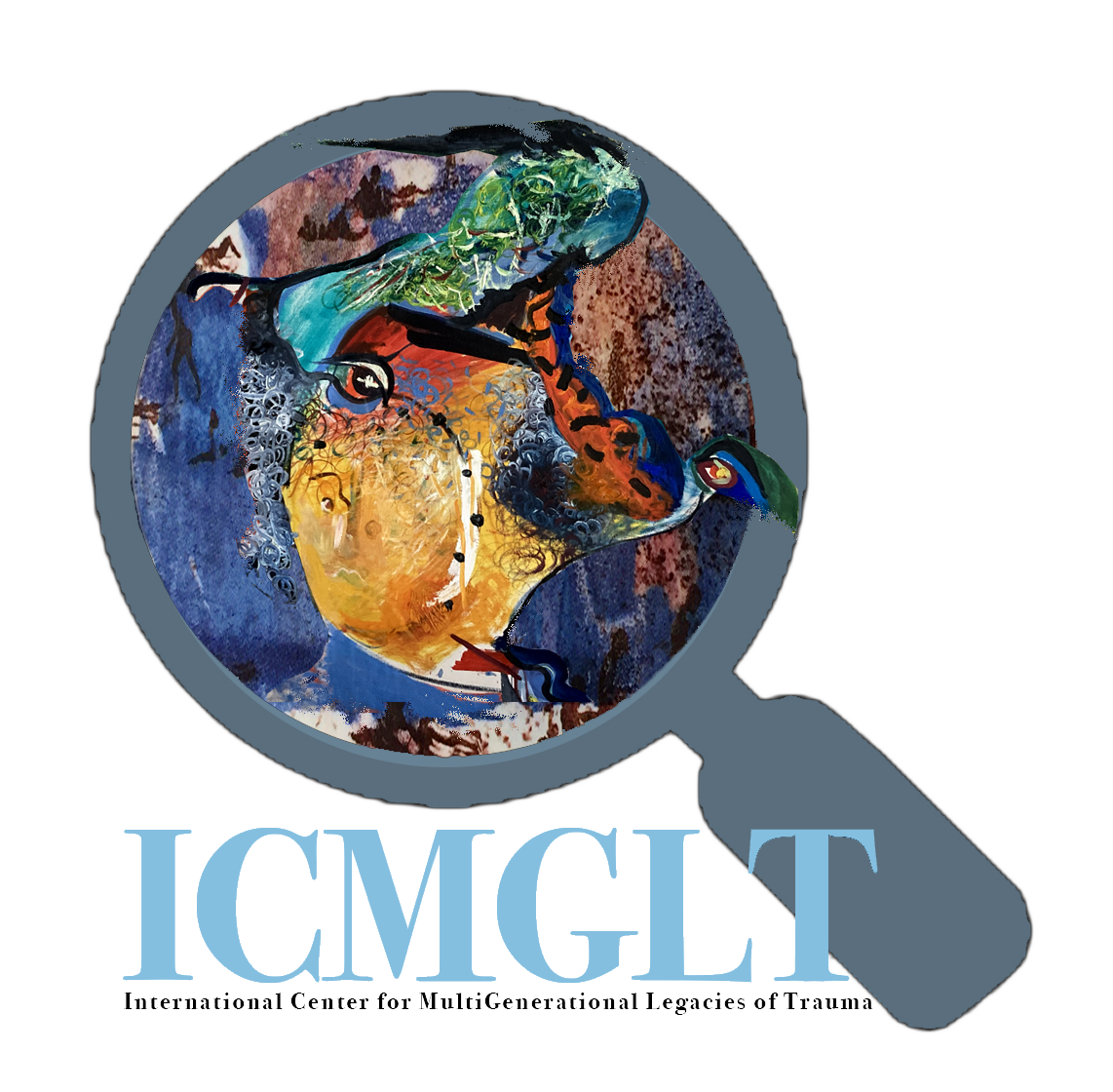Archaeologists have discovered a collection of prehistoric animal bones in Tanzania that suggests early humans figured out how to transfer tool-making techniques “from stone to bone” 1.5 million years ago
Margherita BassiMarch 6, 2025
:focal(350x247:351x248)/https://tf-cmsv2-smithsonianmag-media.s3.amazonaws.com/filer_public/a3/7d/a37d4bfd-5173-4045-831c-89a942cb166d/low-res_1063-744-max.jpg)
While early human ancestors started making stone tools at least 2.6 million years ago, bone tools took much longer to appear. The earliest signs of a regular use of bone tools hadn’t shown up in the archaeological record until around 500,000 years ago—but a new discovery is changing that timeline dramatically. Now, archaeologists have uncovered dozens of bone tools in East Africa that push that date back by one million years.
The findings, which are rewriting the history of early tool-making, are detailed in a study published Wednesday in the journal Nature.
“This discovery leads us to believe that early humans [… added] new raw materials to the repertoire of potential tools,” lead author Ignacio de la Torre, an archaeologist at the Spanish National Research Council, says in a statement.
It “hints at advances in the cognitive capacities and mental templates of these hominins (i.e., hominids with a bipedal locomotion), who understood how to transfer technical innovations from stone flaking to bone tool production,” he adds.
The researchers unearthed 27 bone tools between 2015 and 2022 in Tanzania’s Olduvai Gorge, which is part of a UNESCO World Heritage site dubbed the “Cradle of Humankind” for its previous archaeological discoveries. The region has made an “unparalleled contribution to our understanding of early human evolution,” as study co-author Jackson Njau, a paleoanthropologist at Indiana University, tells CNN’s Ashley Strickland.
At 1.5 million years old, the trove of artifacts represents the oldest large collection of bone tools known to archaeologists. Due to the sheer number of artifacts and the way that they all date to the same time period, the team suggests our ancestors were intentionally—not rarely or sporadically—mass producing bone tools.
“One of the genuinely exciting things about the paper is that there are so many of these things in the same site, and that is genuinely unusual,” James Clark, an archaeologist at the University of Cambridge in England who was not involved in the study, tells the New York Times’ Carl Zimmer. The early humans behind the tool production “clearly are very comfortable working with bone, and they’re clearly very familiar with doing it.”
/https://tf-cmsv2-smithsonianmag-media.s3.amazonaws.com/filer_public/fe/7b/fe7b07ce-e41e-43e1-b4b6-48d2f2d9bb77/41586_2025_8652_fig3_html.webp)
The tools mostly came from the thick limb bones of large mammals, such as elephants and hippos—a deliberate choice suggesting “precise anatomical knowledge and understanding of bone morphology and structure,” de la Torre explains to Reuters’ Will Dunham.
Researchers also uncovered hippo bones with butchery marks, indicating early humans at the site used the large mammals for food. Unlike hippos, elephants were not very common in the area at the time, so the team suggests their bones had been transported from another location.
When the tools were made 1.5 million years ago, our early relatives were transitioning from the Oldowan culture, characterized by early stone flake technology, to the Acheulean culture, which saw the emergence of more advanced, almond-shaped stone tools called handaxes. The recent discovery suggests these new techniques were also applied to bone.
“We believe that the Olduvai bone tools represent a technological transfer [by hominids] from stone to bone,” says de la Torre to Science News’ Bruce Bower. Hominids are the group including all modern and extinct great apes.
“The tools show evidence that their creators carefully worked the bones, chipping off flakes to create useful shapes,” Renata F. Peters, a study co-author and archaeologist from University College London, says in another statement. Human ancestors’ ability to use stone-shaping techniques on bone represents “a level of complex cognition that we haven’t seen elsewhere for another million years.”
While the researchers don’t know which early human species produced the tools, both our direct ancestors Homo erectus and early relatives Paranthropus boisei lived in the area at the time, so it might have been one of those two. Given the tools’ shapes, they were likely used to process animal meat for food, per CNN.
Moving forward, the team hopes their study will inspire experts around the world to re-examine their prehistoric animal bones—perhaps some bone tools have been hiding in plain sight.




